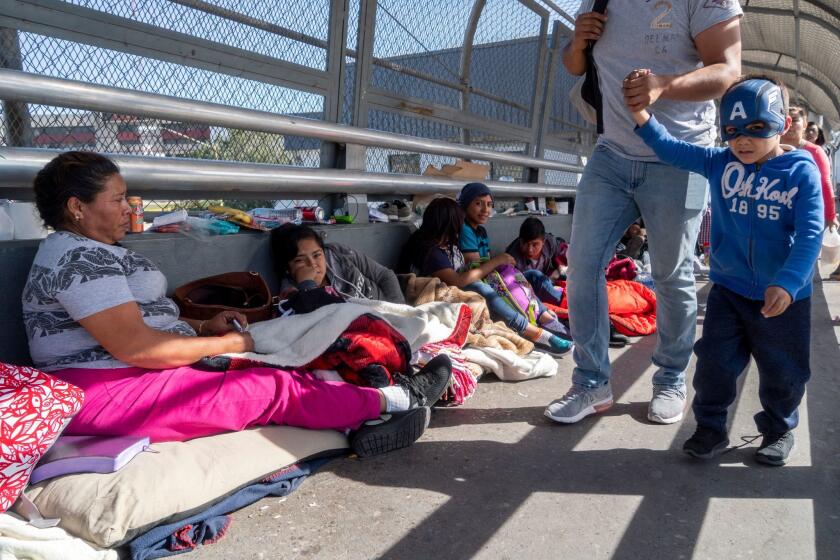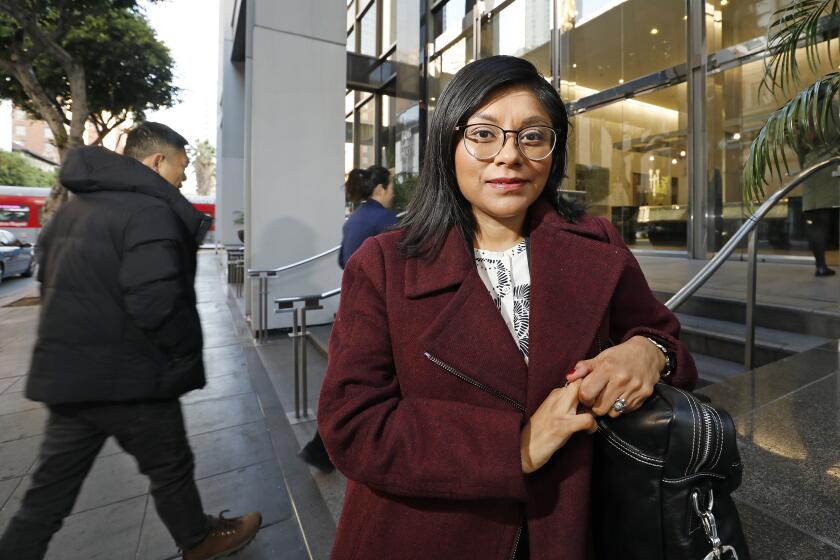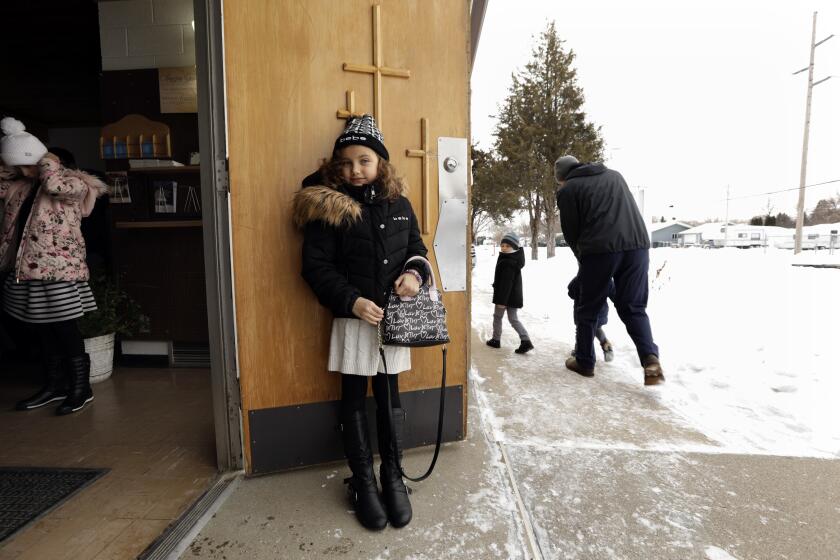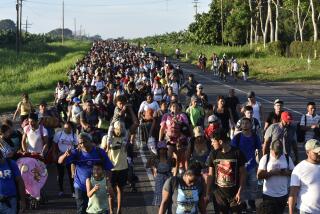Hundreds of migrants advance to Guatemala from Honduras
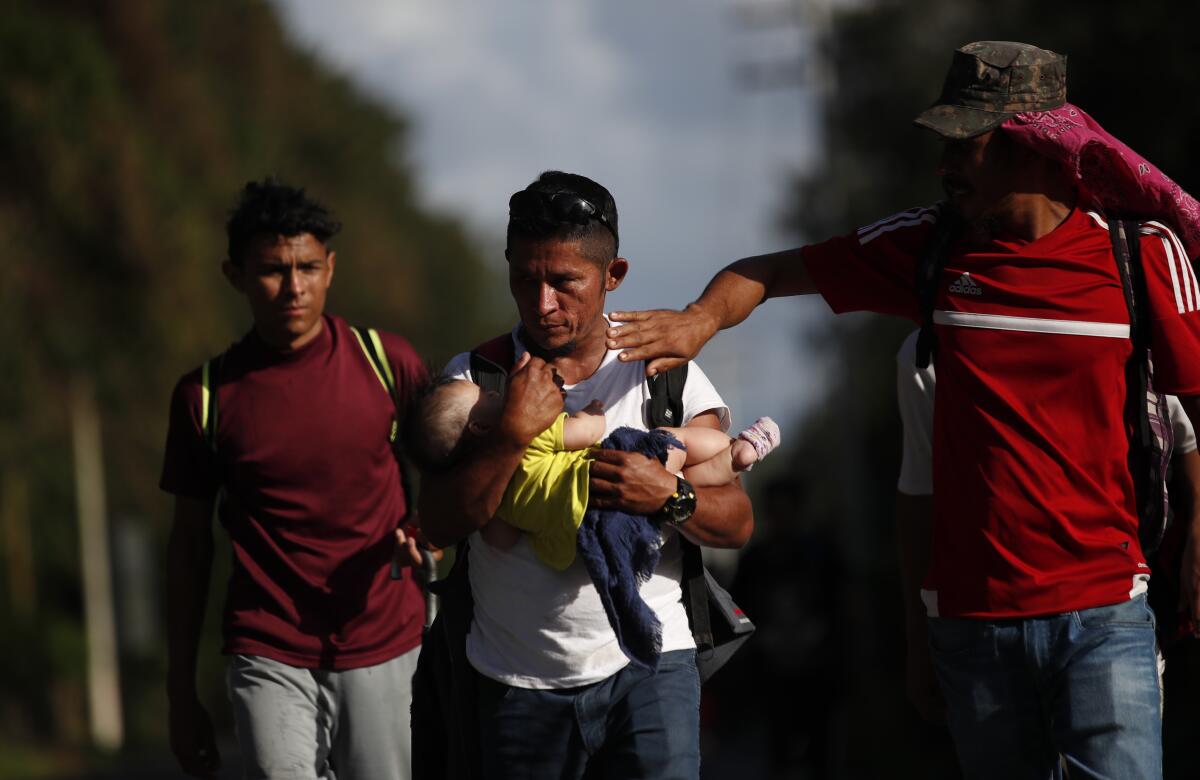
EL CINCHADO, Guatemala — Hundreds of mainly Honduran migrants started walking and hitching rides Wednesday from the city of San Pedro Sula and later crossed the Guatemala border in a bid to form the kind of migrant caravan that reached the U.S. border in 2018.
But the migrants quickly divided into smaller groups heading to at least two different border crossings. Several said they were unaware of any plan to regroup later and would just try to make their own way while enjoying the safety of traveling with others.
They arrived in dribs and drabs at the border crossing in El Chinchado throughout the day. Those with documents were allowed to advance into Guatemala. They strung out along the rural highway in groups of about 20, and witnesses on the Guatemala side said the entries had been orderly.
There were reports on the Honduran side in Corinto that police fired tear gas.
A judge’s rulings center on an interview process that determines whether some asylum seekers should be part of Trump’s Remain in Mexico program.
Farther along toward the Guatemalan capital in the town of Morales, national police were checking migrants’ documents at a roadblock. Associated Press journalists saw about 20 Honduran migrants put on a police vehicle to be driven back to the border because they had not registered with immigration officials there.
Guatemalan police officers were accompanied at the checkpoint by four agents from U.S. Immigration and Customs Enforcement. Agent Alex Suárez said ICE was there to train Guatemalan authorities in immigration control.
U.S. Embassy spokesman Chris Jones said Homeland Security personnel — ICE as well as Customs and Border Protection — are in Guatemala “providing advisory and capacity building support” to deal with irregular migration.
One of those returned to the border was 21-year-old Zucell Manuel Espina of Santa Barbara, Honduras. On Wednesday afternoon he was still waiting for Guatemalan authorities to return his ID so he could register and continue.
“My plan is to arrive to the United States, but I’d settle for making it to Mexico and finding a job,” he said. He carried a knapsack with clothing and a Honduran flag to remind him why he was traveling.
“In Honduras there’s no work and the poverty makes you desperate,” he said.
Early Wednesday, some migrants waved Honduran flags and shouted slogans against President Juan Orlando Hernández as they set out for the Guatemalan border.
No attorney could understand her immigrant clients better than Lizbeth Mateo.
Most attempts at forming caravans in 2019 were broken up by police and the national guard in Mexico, which has come under increased U.S. pressure to prevent migrants from arriving at the U.S. border.
In his first full day in office, Guatemala’s new president, Alejandro Giammattei, said the Hondurans would be allowed to enter Guatemala, which they must cross to reach Mexico and the United States.
Giammattei said travel agreements between Central American nations required Guatemala to grant the migrants passage.
“We cannot prevent people who have identification” from entering, Giammattei said. “We are going to ask for their papers from the parents of guardians in the caravan, and if they don’t have them they will be returned to Honduras. We have to protect the rights of children.”
Most countries don’t allow minors to travel without the consent of their parents or guardians, and some participants in past caravans have traveled with children who are not theirs.
Giammattei also said he had met with Mexico Foreign Affairs Secretary Marcelo Ebrard on Wednesday morning and been told that Mexico would not allow the caravan to advance into its territory.
“The Mexican government advised us that it is not going to let them pass ... that it is going to use everything in its hands to keep them from passing,” Giammattei said.
“We will warn those in the caravan that they are probably going to be able to arrive to the border [with Mexico], but from there on they are going to collide with a wall that they will not be able to penetrate and we believe many of them are going to give up.”
Later, Mexico Interior Secretary Olga Sánchez Cordero, said Mexico would welcome those seeking asylum or protection and offer opportunities for those who wanted to enter legally and seek permission to work or study.
“But in no way do we have transit visas or safe passage,” she said. “There will be special operations and of course there will be immigration agents.”
Some migrants said they were aware that getting to the United States would be tough, but said they would try anyway.
“We aren’t living here, we’re just surviving,” said Elmer Garcia, 26, a migrant from the town of Comayagua who set out from San Pedro Sula early Wednesday. “So it doesn’t make much difference if you die there, or die here.”
North Dakota was one of the top destinations for new refugees in the United States. Now some wonder if they can still call it home.
The prospects for any kind of caravan like the one in 2018, which involved thousands of people, appear remote. Many of the migrants from the 2018 caravan applied for asylum, something that is now difficult or impossible.
The U.S. has used a carrot-and-stick approach in bilateral agreements struck since July with Guatemala, Honduras and El Salvador to deny people an opportunity to apply for asylum in the U.S. They are instead to be sent to Central America with an opportunity to ask for protection there.
“The truth is, it is going to be impossible for them to reach the United States,” said human rights activist Itsmania Platero. “The Mexican police have a large contingent and they are going to catch all the migrants without documents and they will be detained and returned to their home countries.”
Israel Connor, a Nicaraguan who has been living in Honduras since fleeing political and social unrest in his home country, was undeterred. He set out Wednesday with his wife, Darlen Suazo, and their three young children.
“We are going to struggle, but if God is with us, nobody can stop us,” said Connor. “We know we are going to get through Guatemala, and God will soften the hearts of the Mexican authorities.”
That was similar to rhetoric heard from migrants in the first caravans, but things have changed since then.
Immigration analyst Sally Valladares told local media: “The risks have become much higher because of Mexico’s threats of deportations, but also because, when they are not able to cross [Mexico] as part of a caravan, they are going to search out routes as individuals, and they could fall into the clutches of criminal gangs that prey on migrants.”
More to Read
Sign up for Essential California
The most important California stories and recommendations in your inbox every morning.
You may occasionally receive promotional content from the Los Angeles Times.
